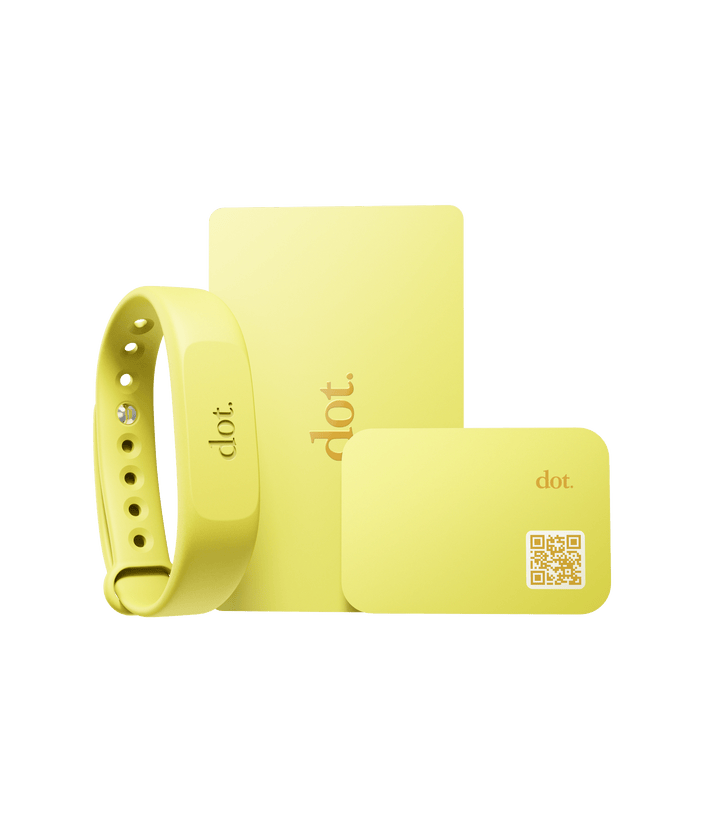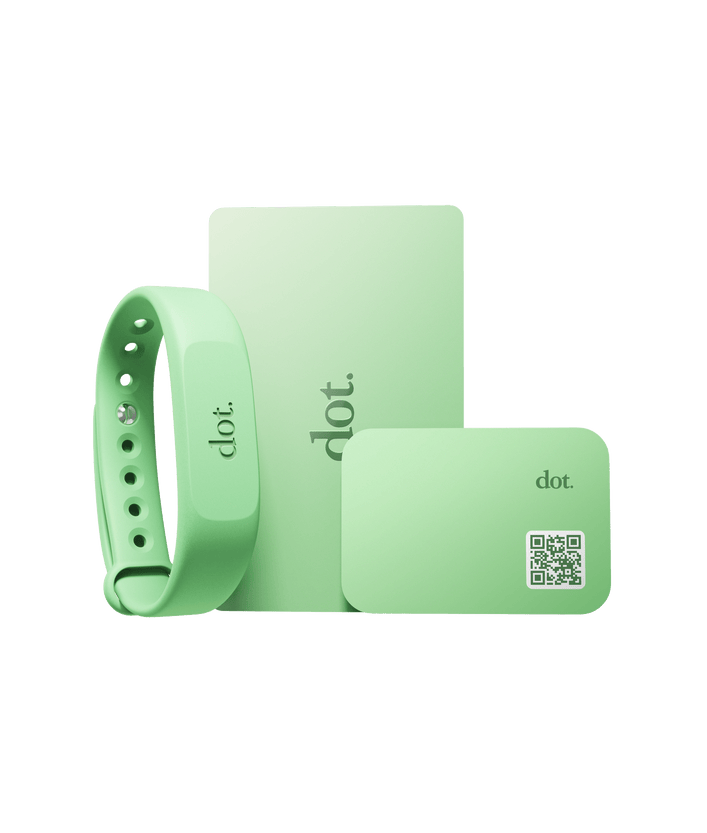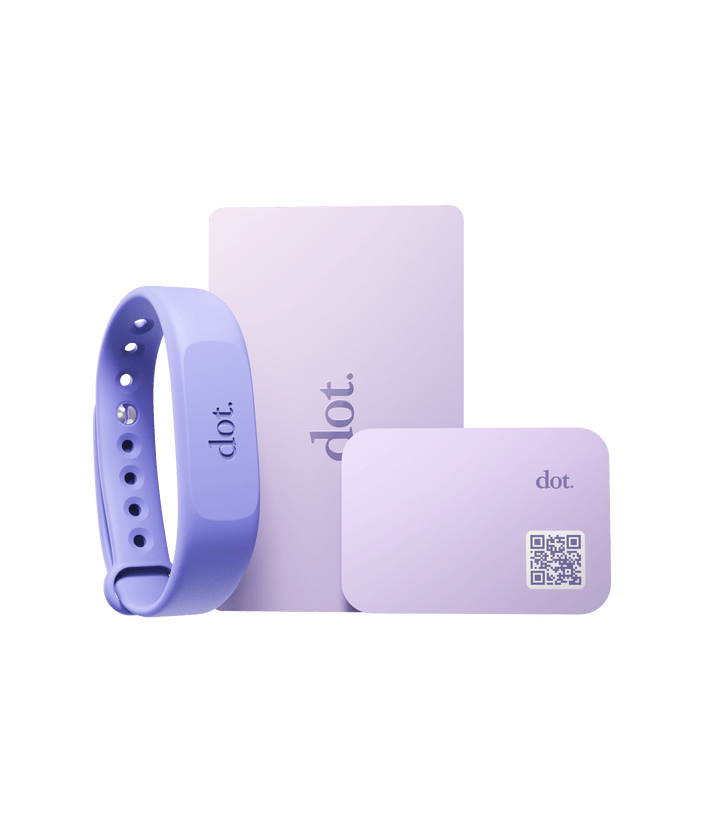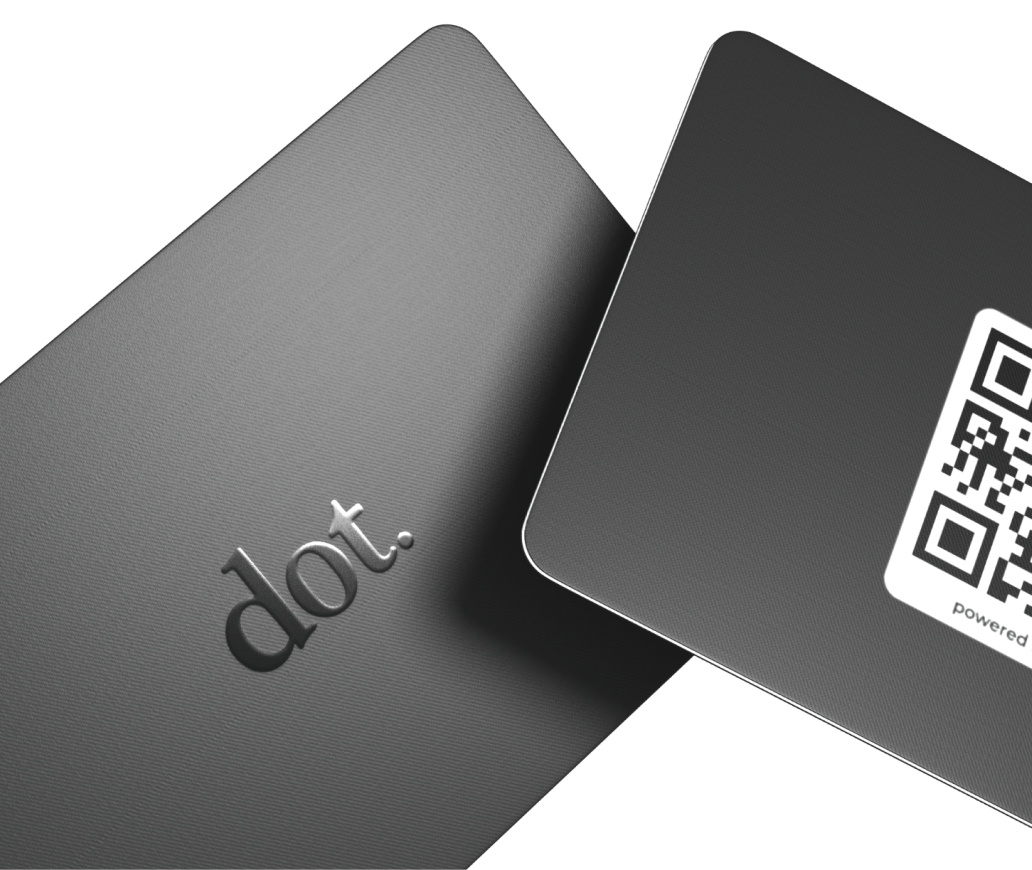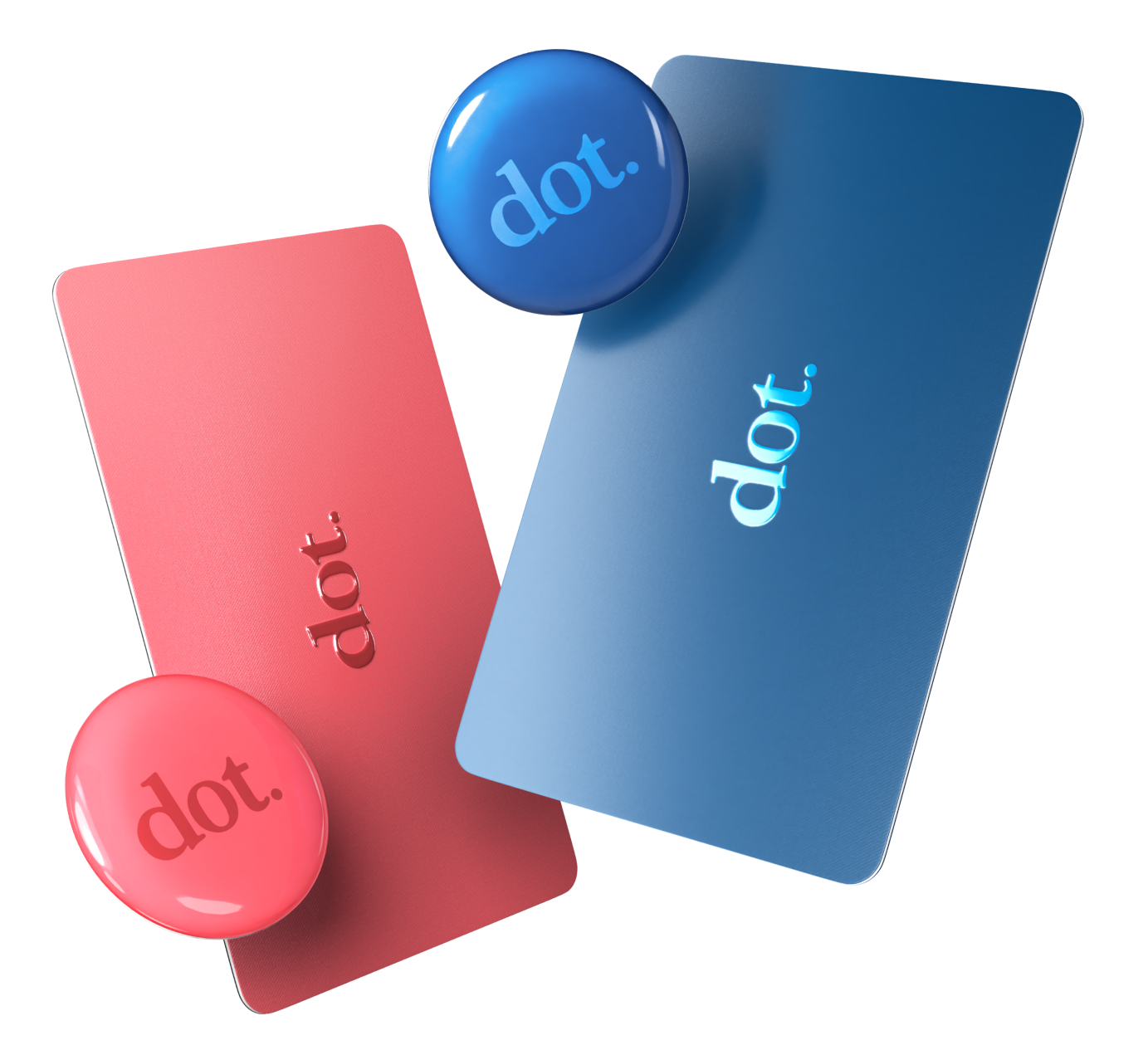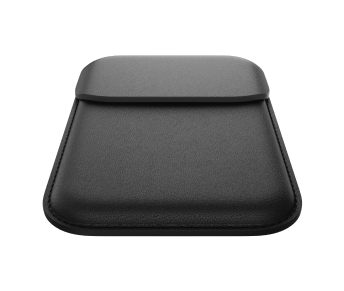As a small business owner, it's important to have a clear idea of where you want to take your business in the future. Preparedness is your secret weapon, and no small business owner is truly prepared without a well developed plan. You might be asking, how does one get started? Developing a product roadmap is an effective way to ensure you have a plan in place for creating, developing, and launching new products that will keep your business competitive and growing.
If you are looking to level up your small business, then this article is just what you need, as we'll show you how to create a winning product roadmap that will help you achieve your business goals. Let’s dive in!
Define Your Business Objectives
Defining your business objectives is the first and most important step in creating a product roadmap. You need to have a clear understanding of what you want to achieve with your products in order to develop a roadmap that will help you get there. Some common business objectives may include increasing revenue, expanding your customer base, improving customer retention, or entering new markets. You don’t necessarily need to limit your plan to these examples, however, it is a good idea to establish common fundamentals when you are beginning.
When defining your business objectives, it's important to be specific and measurable. For example, instead of saying "increase revenue," you could set a specific revenue target you want to achieve within a certain timeframe. This will help you track your progress and determine if you're on track to achieving your goals.
Identify Your Target Market
Identifying your target market is the next step in developing a product roadmap. You need to understand who your customers are and what they want in order to develop products that meet their needs and preferences. You can identify your target market by conducting market research, analyzing customer data, and segmenting your audience based on demographics, psychographics, and behavior. These insights are incredibly powerful and will serve to embolden your business plan.
Once you've identified your target market, it's important to create buyer personas that represent your ideal customers. These personas should include information such as age, gender, income, interests, and pain points. By understanding your target market and creating buyer personas, you can develop products that are tailored to their specific needs and preferences.
Conduct Market Research
Before developing any new products, it's important to conduct market research to understand your competition, industry trends, and customer preferences. Market research can involve analyzing data from sources such as surveys, focus groups, customer feedback, and industry reports.
When conducting said research, it's important to focus on the following areas:
- Competition: Who are your competitors and what products do they offer?
- Trends: What are the current trends in your industry and how can you capitalize on them?
- Customer preferences: What do your customers want in a product and how can you meet their needs?
Understanding the market will give any small business owner a leg up on the competition. The foresight you’ll obtain just by simply understanding your competition, trends, and customer preferences will go a long way in developing a rocksteady business plan.
Remember, by conducting thorough market research, you can gain insights that will help you develop products that are innovative, competitive, and meet customer demands. This step is crucial to any well-made business plan!
Develop a Product Roadmap
After defining your business objectives, identifying your target market, and conducting market research, it's time to develop a product roadmap. A product roadmap is a visual representation of your plan for creating and launching new products. It should include the following elements:
- Product goals: What are the goals for each product you plan to develop?
- Features and benefits: What features and benefits will each product offer?
- Timeline: When will each product be developed and launched?
- Resources: What resources will you need to develop each product (e.g. budget, team members, technology)?
When developing your product roadmap, it's important to prioritize your product development efforts based on factors such as market demand, revenue potential, and customer impact.
Prioritize Your Product Roadmap
Prioritizing your product roadmap is a critical step in ensuring you're focusing your resources on the products that will have the greatest impact on achieving your business objectives. When prioritizing your roadmap, consider factors such as:
- Market demand: How much demand is there for the product and how many potential customers are there?
- Revenue potential: How much revenue can the product generate and what is the potential return on investment?
- Customer impact: How much will the product improve the lives of your customers and how does it fit into their journey with your business?
By prioritizing your roadmap based on these factors, you can ensure you're developing products that will have the greatest impact on achieving your business objectives and meeting the needs of your target market. The order of importance is critical to ensuring consistent growth and remaining focused on the plan you’ve built for yourself.
Monitor and Adjust Your Roadmap
Once you've developed your product roadmap, it's important to monitor your progress and adjust your plan as needed. This involves regularly reviewing your roadmap to ensure you're on track to achieving your goals and making adjustments as new information becomes available.
Some key metrics to monitor when evaluating your roadmap include:
- Sales performance: How are your products performing in terms of sales and revenue?
- Customer feedback: What are customers saying about your products and how can you use this feedback to improve them?
- Competition: Are there new competitors entering the market or existing competitors offering new products that could impact your roadmap?
By regularly monitoring your progress and making adjustments as needed, you can ensure your product roadmap remains relevant and effective in helping you achieve your business objectives.
In summary, developing a winning product roadmap as a small business owner involves defining your business objectives, identifying your target market, conducting market research, developing a product roadmap, prioritizing your roadmap, and monitoring and adjusting your plan as needed. By following these steps, you can create products that meet the needs of your customers, achieve your business objectives, and help you grow your business.
The secret to leveling up your small business with an undeniable product roadmap and business plan is now yours to keep. Now, get out there and get to work!



